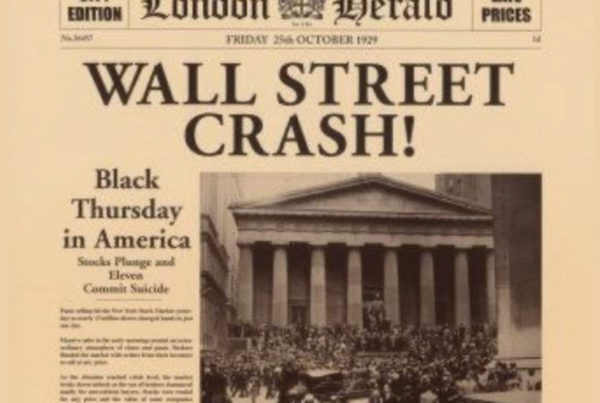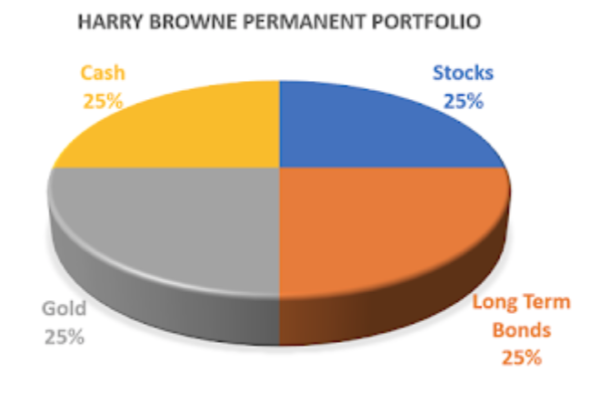Maybe the recent market volatility is just a correction or it is forestalling a more severe crash or even recession. It has however been a great opportunity for the journalists and pundits to give us their words of wisdom and in general there has been one consistent message – don´t panic and do nothing.
In many cases not bad advice – but I think a message of “follow your strategy” would be wiser. Now if you don´t have an investment strategy the market hiccup should be a wake up call to get your act together, because we all need an investment strategy and an it must be a strategy that accepts that every decade or so the market is going to crash so when these black swan events occur there really is no need to panic because our strategy knows it will happen – just not when!
That is not to say however that there is no need to act but such actions should be an integral part of the strategy and as such pretty much automatic. Periodic rebalancing of a portfolio is way of taking advantage of discounted share prices by selling appreciated bonds and purchasing depreciated shares. The advantage of a product like Vanguard´s Life Strategy fund is that this is done for you. This overcomes the fear factor of getting out of cash or bonds into shares when the pundits are giving the grimmest of forecasts. This allow you the investor to automatically follow Warren Buffets advice:- “We simply attempt to be fearful when others are greedy and to be greedy only when others are fearful,”
Automatic actions as part of a strategy overcome one´s natural instincts to invest more in stocks when the market is booming and to sell when it´s in crisis. A Target Retirement fund is another powerful tool to overcome our often self destructive instincts as it progressively increases a portfolio´s bond allocation as the target retirement age approaches.
Life can be more complicated for the retiree than the investor in the accumulation phase of his life. It is less complicated for a retiree such as me who has adopted a living off dividend strategy – at least for the first few years of my retirement. I don´t have to worry about valuations or safe withdrawal rates – I just spend the dividends that arrive (Retiring on Dividends). A sustained recession will likely result in some reduction in income but nothing catastrophic and with time both the income and capital value will recover.
A retiree with drawdown is in a more complex situation. Someone about to retire has to decide upon his initial drawdown rate. There is a fair amount of evidence that when the stock market is depressed at the point of starting drawdown then the safe withdrawal rate can be increased. This is logical as a market with low valuations has more opportunity to grow than one booming. This isn´t an easy decision to take as having watched one´s investments decline the natural instinct is to spend less not more. This is where variable withdrawal strategies can play a role. There are a multitude of these as alternatives to the traditional fixed bond/equity portfolio and these vary the bond/equity ratio depending upon market conditions. The effect of this is to sell bonds rather than equities during market downturns – so protecting the asset with the highest growth potential . I´ll be looking at some of these in Drawdown Strategy Part 3 but they can play an important part during retirement in having a strategy that automatically adjusts for market conditions.
Perhaps the aspect that is most difficult to automate for the retiree is the control of expenditure. it is strange that throughout our lives we have times when we have to “cut our coat to suit our cloth”. This may be due to redundancy, the arrival of kids, mortgage rates increasing, university fees, the car dying etc. Yet when it comes to retirement planning I´m sure most of us aim to have a steady income which at least grows in line with inflation and having got rid of the kids and the mortgage fairly predictable expenses. However, with drawdown we must be prepared to vary our income and therefor cut our expenditure. When like today we have signs of a market correction or maybe worse do nothing is not a option and if possible one should hold back on making financial commitments such as the new car or long distance holiday until the outlook is more settled – a living within your means strategy.
So providing you´ve got a strategy you´ll be able to take market corrections and crashes in your stride – if you haven´t a strategy as they say in Mexico “ponte las pilas”.






